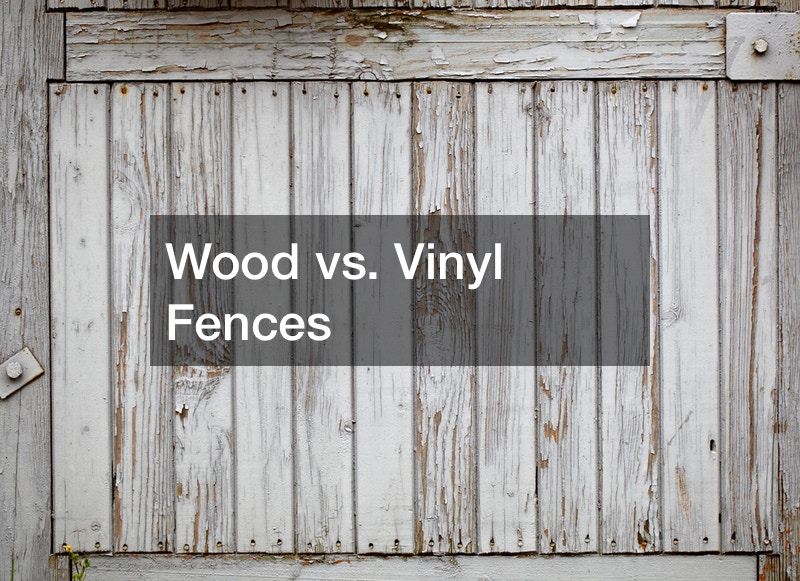
In the United States, cremation has reached the same level of acceptability as “conventional” burial. Today, cremation service is preferred by more than half of Americans. The National Funeral Directors Association predicts that this percentage will exceed 78% by 2035. The following illustrates the cremation procedure.
Identification of the Deceased
Depending on industry recommendations, each facility determines its unique protocols; however, identification usually entails a family member verifying the identity.
Approval of the Procedure
The crematory needs authorization from the relevant authorities to proceed with the cremation. For the most part, documentation authorizing the crematory to proceed must be completed first.
Preparing the Body
The facility can manage body preparation and cleansing. Jewelry and other belongings are removed for the loved ones to keep, while mechanical or battery-operated medical equipment are removed to prevent an allergic response.

Entering the Cremation Chamber
Cremation occurs in a specially made furnace called a cremation chamber, where the body is subjected to high temperatures of approximately 1,800 degrees Fahrenheit.
Finalizing the Remain
The remains are examined for metal traces after cremation. After being manually or magnetically removed, metal is frequently recycled. The outcome is created using a specialized processor to grind the cremated remains into ashes.
Transferring Ashes
Unless otherwise stated, the remains are buried returned to the family of the deceased.



